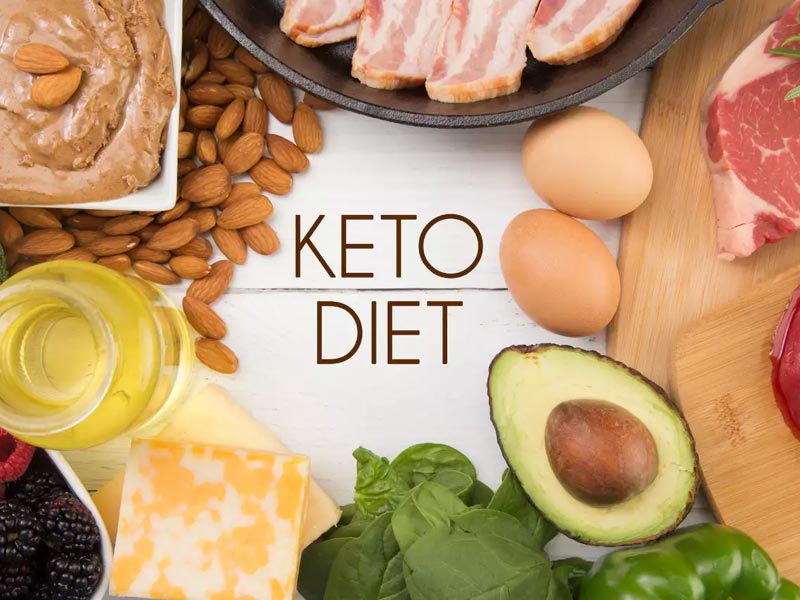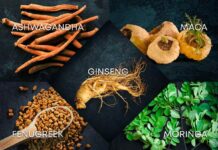If you’re in a diet or weight-loss discussion, you’ve probably heard of the ketogenic, or keto, diet. This is because the keto diet has grown one of the most prevalent ways for people worldwide to lose weight and improve their health.
If you want to get a head start on your health and fitness objectives this year, you might consider trying the ketogenic diet. Perhaps you’ve heard the term before – it’s a popular diet slogan — but aren’t sure what it means. Here’s a refresher: The ketogenic diet is an eating regimen that induces ketosis, a state in which the body consumes fat as its main fuel source (instead of carbohydrates).
The keto diet is low in carbs, high in fat, and moderate in protein. Carbohydrates are normally limited to 20 to 50 grams per day when following a keto diet, though looser variations of the diet exist. Fats should replace most of your decreased carbs and provide about 75% of your overall calorie intake. Proteins should account for 10-30% of total energy requirements, while carbohydrates should be limited to 5%. This carbohydrate restriction encourages your body to rely on fat as its primary energy source rather than glucose, a phenomenon known as ketosis.
When you are in ketosis, the body uses ketones as an alternate fuel source. Ketones are molecules created in the liver from lipids when glucose is scarce. Though fat is generally avoided due to its high-calorie content, research reveals that ketogenic diets are much more successful than low-fat diets at aiding weight loss. Furthermore, keto diets reduce hunger and promote satiety, which can be very beneficial when losing weight.

Meal Plan for the Ketogenic Diet
- Switching to a ketogenic diet may seem daunting, but it does not have to be.
- Your main goal should be to cut carbs while boosting your meals and snacks’ fat and protein amount.
- Carbohydrates must be limited to achieve and maintain ketosis.
- While some people may only be able to reach ketosis by consuming 20 grams of carbs per day, others may achieve it with a considerably higher carb intake.
- In general, the less carbohydrate you consume, the easier it is to enter and maintain ketosis.
- This is why eating keto-friendly foods and avoiding carb-heavy foods is the most effective approach to lose weight on a keto diet.
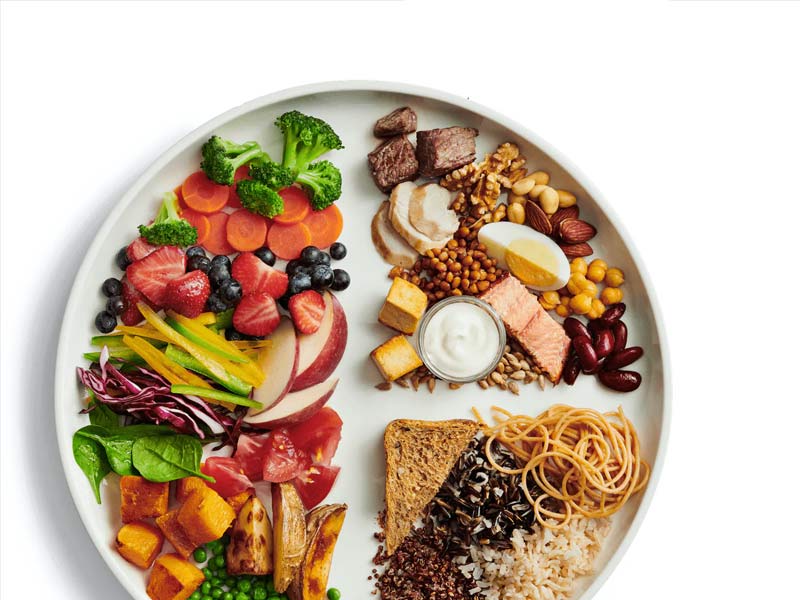
Keto Diet Friendly Foods to Consume
Meals and snacks should revolve around the following foods while following a ketogenic diet:
- Pasteurized, organic whole eggs are the finest option.
- Chicken and turkey are kinds of poultry.
- Wild-caught salmon, herring, and mackerel are examples of fatty fish.
- Grass-fed beef, venison, hog, organ meats, and bison are among the meats available.
- Full-fat dairy products include yogurt, butter, and cream.
- Cheddar, mozzarella, brie, goat cheese, and cream cheese are all full-fat cheeses.
- Macadamia nuts, almonds, walnuts, pumpkin seeds, peanuts, and flaxseeds are examples of nuts and seeds.
- Natural nut butter includes peanuts, almonds, and cashew butter.
- Coconut oil, olive oil, avocado oil, coconut butter, and sesame oil are good sources of healthy fats.
- Avocados: Add whole avocados to practically any meal or snack.
- Greens, broccoli, tomatoes, mushrooms, and peppers are examples of non-starchy vegetables.
- Seasonings include salt, pepper, vinegar, lemon juice, fresh herbs, and spices.
Foods that should be avoided in Keto Diet include:
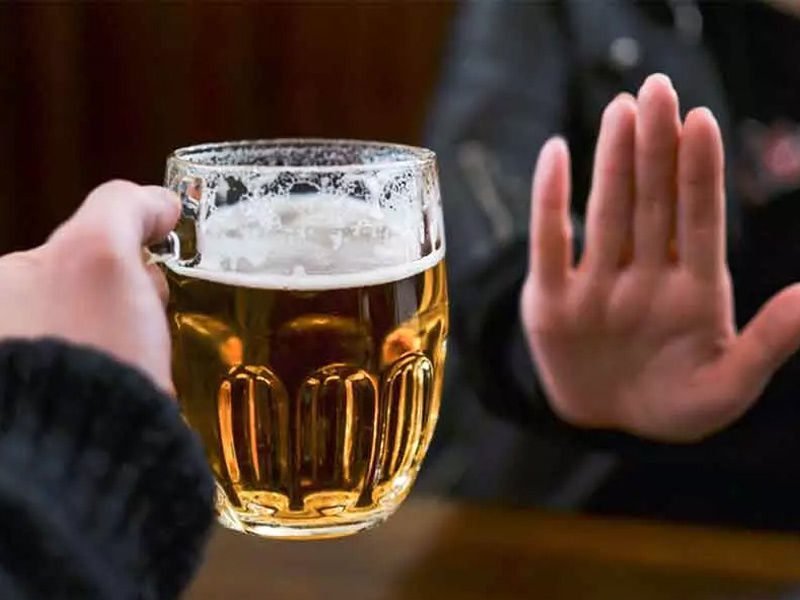
- White bread, whole-wheat bread, crackers, cookies, doughnuts, and rolls are the bread and baked products.
- Sugar, ice cream, sweets, maple syrup, agave syrup, and coconut sugar are examples of sweet and sugary meals.
- Soda, juice, sweetened teas, and sports drinks are examples of sweetened beverages.
- Spaghetti and noodles are two types of pasta.
- Wheat, rice, oats, breakfast cereals, and tortillas are examples of grains and grain products.
- Potatoes, sweet potatoes, butternut squash, corn, peas, and pumpkin are examples of starchy vegetables.
- Black beans, chickpeas, lentils, and kidney beans are examples of legumes and beans.
- Citrus, grapes, bananas, and pineapple are examples of fruits.
- Barbecue sauce, sweet salad dressings, and dipping sauces are examples of high-carb sauces.
- Beer and sweet mixed drinks are examples of alcoholic beverages.
Though carbs should be avoided, low-glycemic fruits like berries can be enjoyed in moderation as long as you stick to a keto-friendly macronutrient range. Make sure you eat healthy foods and avoid processed meals and bad fats.
Also Read, Your Guide to Intermittent Fasting
The items listed below should be avoided:
- Margarine, shortening, and vegetable oils such as canola and maize oil are examples of unhealthy fats.
- Fast food, packaged foods, and processed meats such as hot dogs and lunch meats are examples of processed foods.
- Diet foods feature artificial colors, preservatives, and sweeteners such as sugar alcohols and aspartame.
Keto Diet Friendly Drinks
Sugar is present in many beverages, including juice, soda, iced tea, and coffee drinks. High-carb drinks, like high-carb foods, must be avoided while on a ketogenic diet. Sugary beverages have also been connected to various health problems, ranging from obesity to an increased risk of diabetes. Fortunately, folks on the keto diet have a plethora of excellent, sugar-free options.
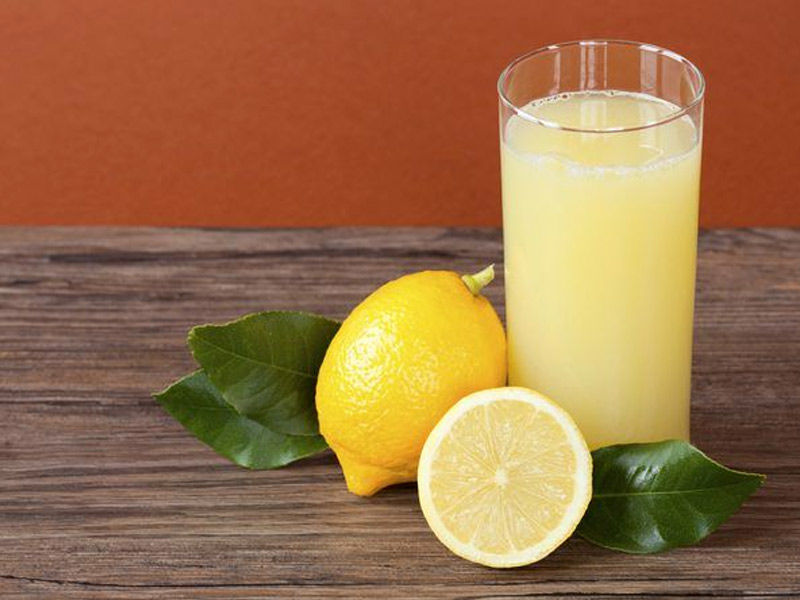
Keto Diet friendly beverages include the following:
- Water is the finest hydration option and should be drunk throughout the day.
- Sparkling water: Sparkling water is a good soda substitute.
- Unsweetened coffee: To add flavor to your cup of joe, try heavy cream.
- Green tea, unsweetened: Green tea is tasty and has numerous health advantages.
- Experiment with different keto-friendly flavor combinations to add some extra taste to your water.
- Tossing some fresh mint and lemon peel into your water bottle, for example, can make hydration a breeze.





















